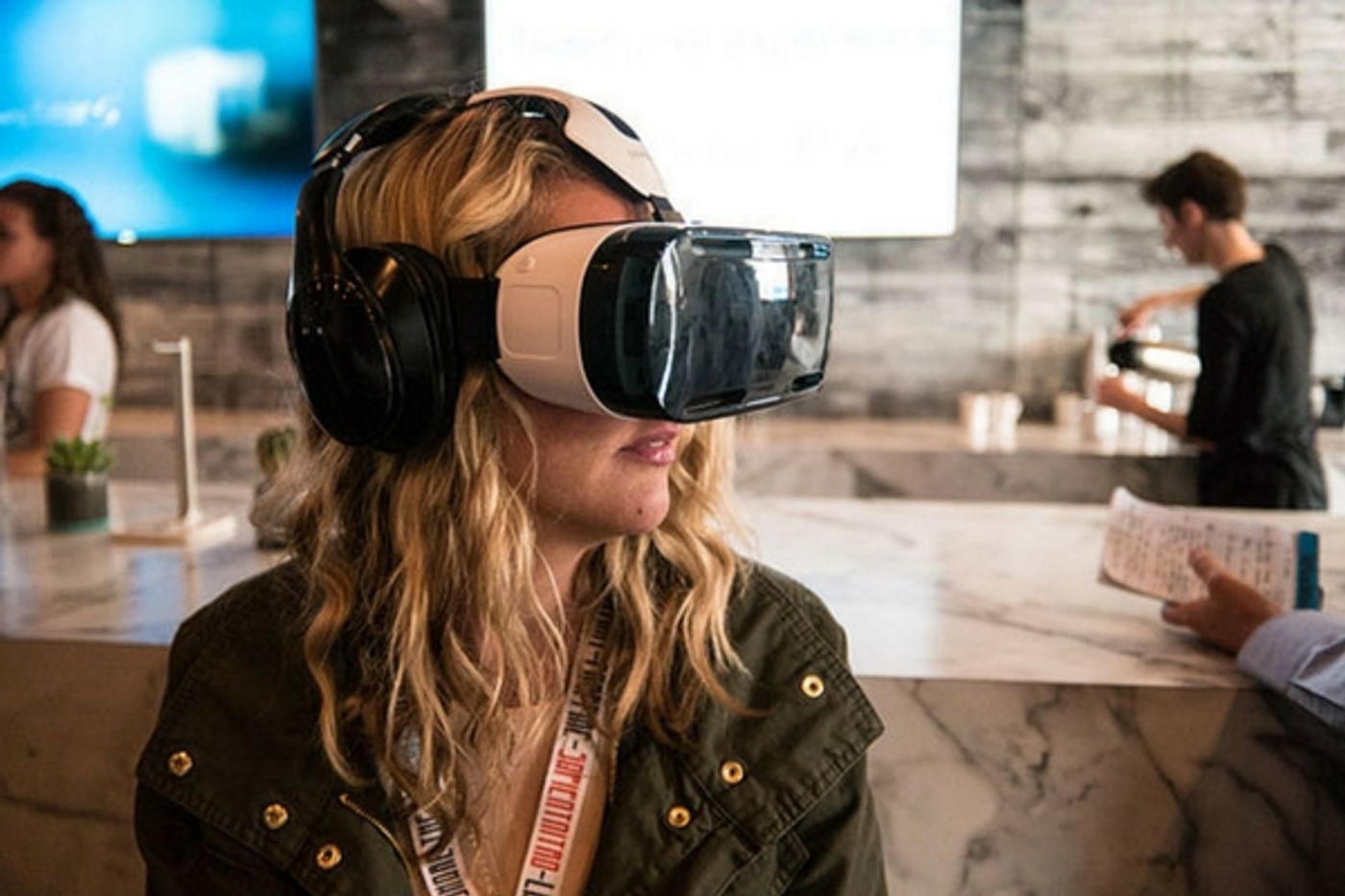Virtual reality headsets are a big hit with gamers and others who want to experience a different way of playing online games. Rather than just using a console and hand controller while viewing a game on a screen, a VR headset essentially immerses the player into the game environment. The game is seen through the player’s eyes and the landscape moves along with the actions that are happening in the game. All of this is supposed to create a realistic feel to the games, but many times it leaves the player feeling nauseated and out of sync.
It’s called VR sickness, or cybersickness. It happens because of a disconnect in the brain. The brain sees motion happening via the headset over the eyes. But motion is also processed in the vestibular area of the inner ear and brain. Since a person is not actually moving as depicted through the headsets, there is a conflict. Motion is detected by one sense, but not confirmed by another. The result can be nausea, vomiting, dizziness or headaches.
A team from the Columbia University Engineering department may have a solution. Led by Professor Steven Feiner and grad student Ajoy Fernandes they presented a paper at the IEEE Symposium on 3D User Interfaces in March of this year. Their solution involved changing the field of view (FOV) that players could see. Changing the FOV is a way of balancing out the different inputs to the brain that occur when the action on screen differs from what the player is actually doing. The animation in most games is so realistic, that combined with the real time view that the VR headsets produce, the stimuli to the brain is simply too much to take in. Using software built into the game they included "dynamic FOV restrictors" which restricted the peripheral vision with softer edges that aren’t really detected by the players.
It was vital that whatever solution the team put into the game that it not intrude or negatively impact the experience of play. The change had to be enough to calm the sickness, but not so much that it would destroy some of the reality experience when players noticed. In a sense, it had to be both visible in terms of brain perception, but invisible in terms of a player picking up on it. There has been other research on alleviating VR sickness including a group from Purdue that placed a virtual nose on the game screen and a group at the Mayo clinic who suggested using electrodes to stimulate the vestibular area, but the Columbia solution is the first to include software that can go mostly unnoticed.
When it came time to test the FOV software they asked 30 experienced game players to spend a few days in the lab playing games. They were divided into two groups. One group explored a VR environment without any change to field of view on one day and with the software FOV restrictors on a second day. Then they switched it up for the second group. The results showed that players felt less sick and more comfortable when in the VR game that had the FOV restrictor software. These players also stayed longer in the games. Most of the gamers didn’t notice when the peripheral view was limited by the restrictors, but even those who did said they preferred having them in the game.
In a press release about the study, which garnered the team the Best Paper Award at the IEEE event, Professor Fiener said, "2016 is the year of VR and it's estimated that over 200 million VR headsets will be sold by 2020. But VR sickness, which has symptoms similar to motion sickness, poses a barrier for many users of this immersive technology. People who experience VR sickness will often stop using their headsets, as they feel nauseated and uncomfortable." They hope to explore more ways to restrict the FOV in VR headsets so that consumers can enjoy the experience they bring to video gaming. Check out the video below to learn more about VR sickness.
Sources:
Columbia University,
Engadget,
Vestibular Disorders Association









